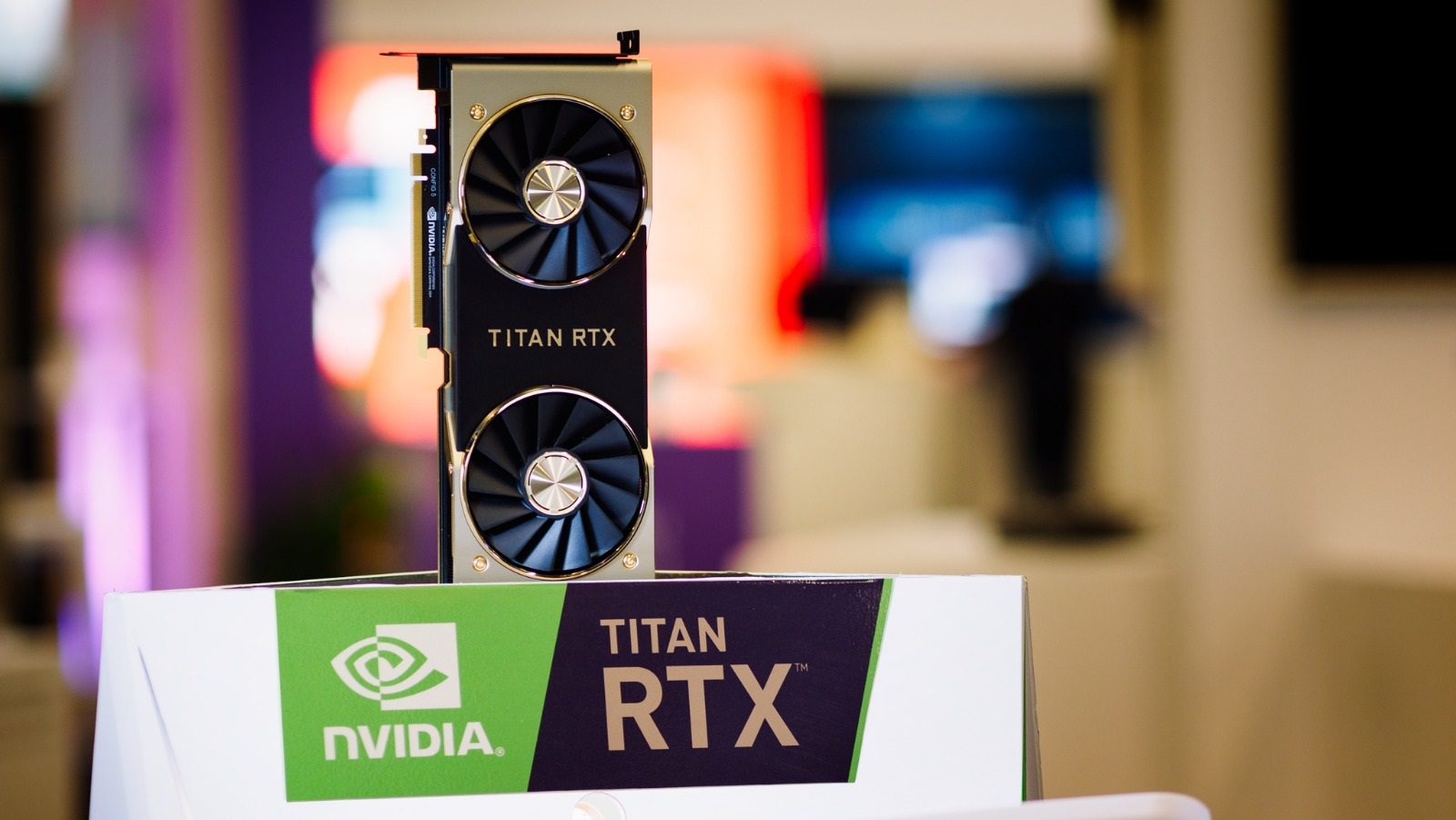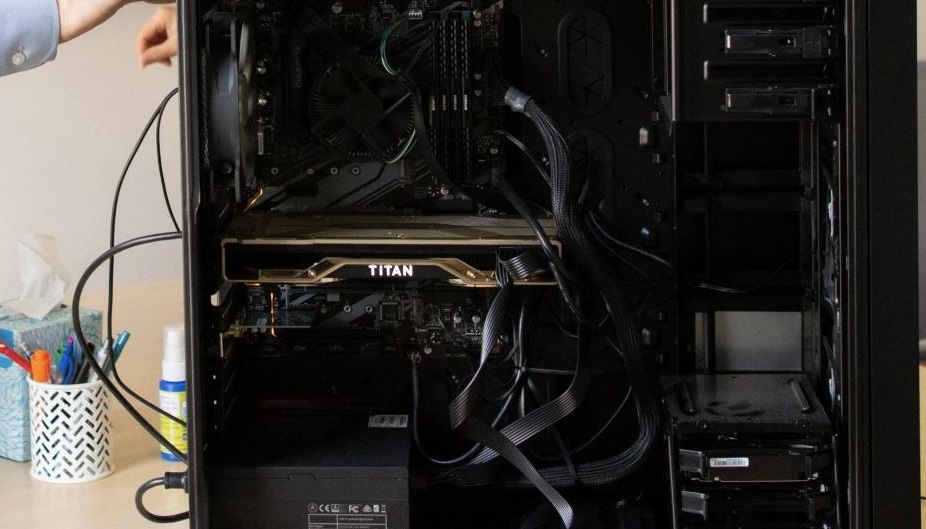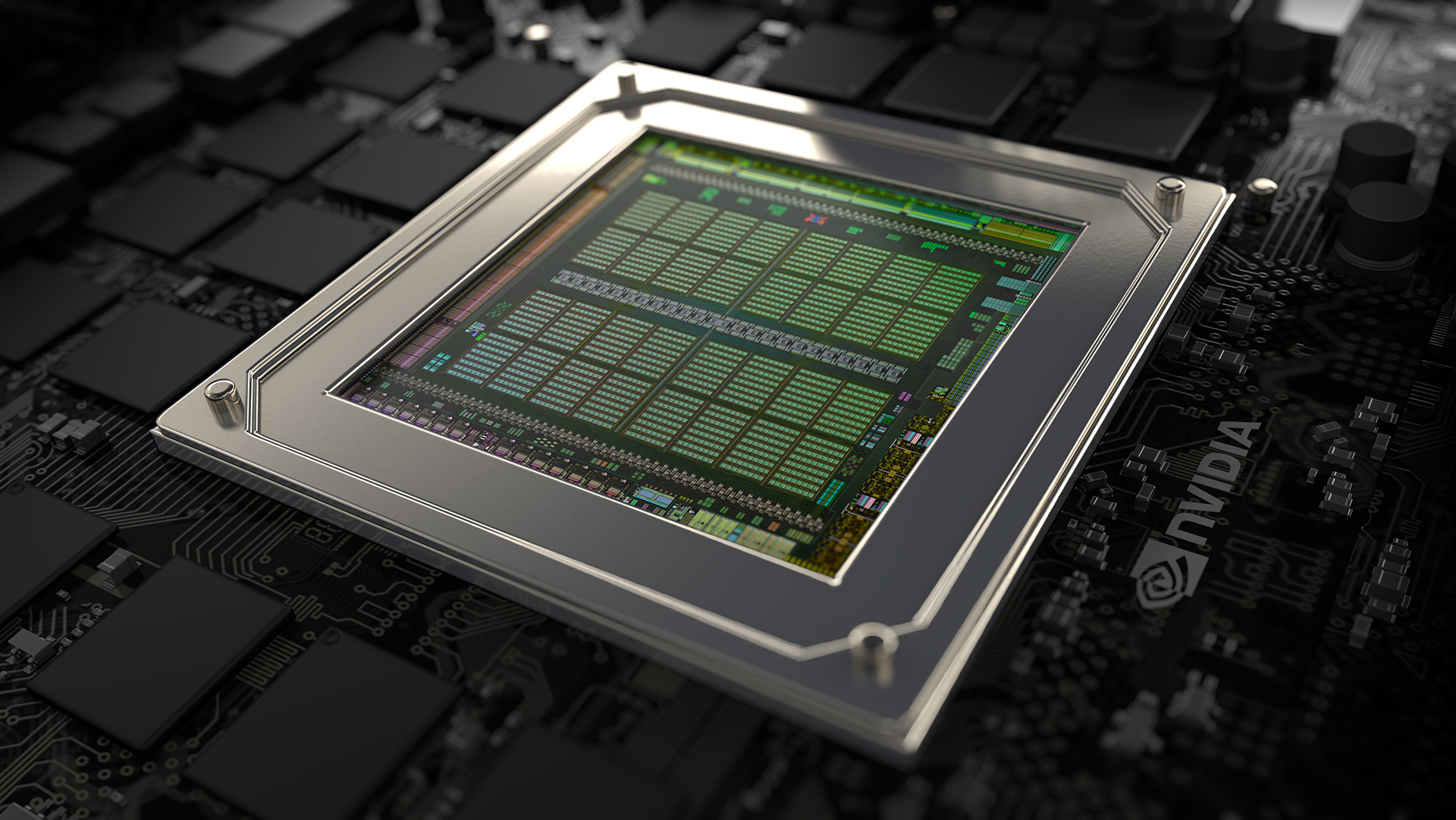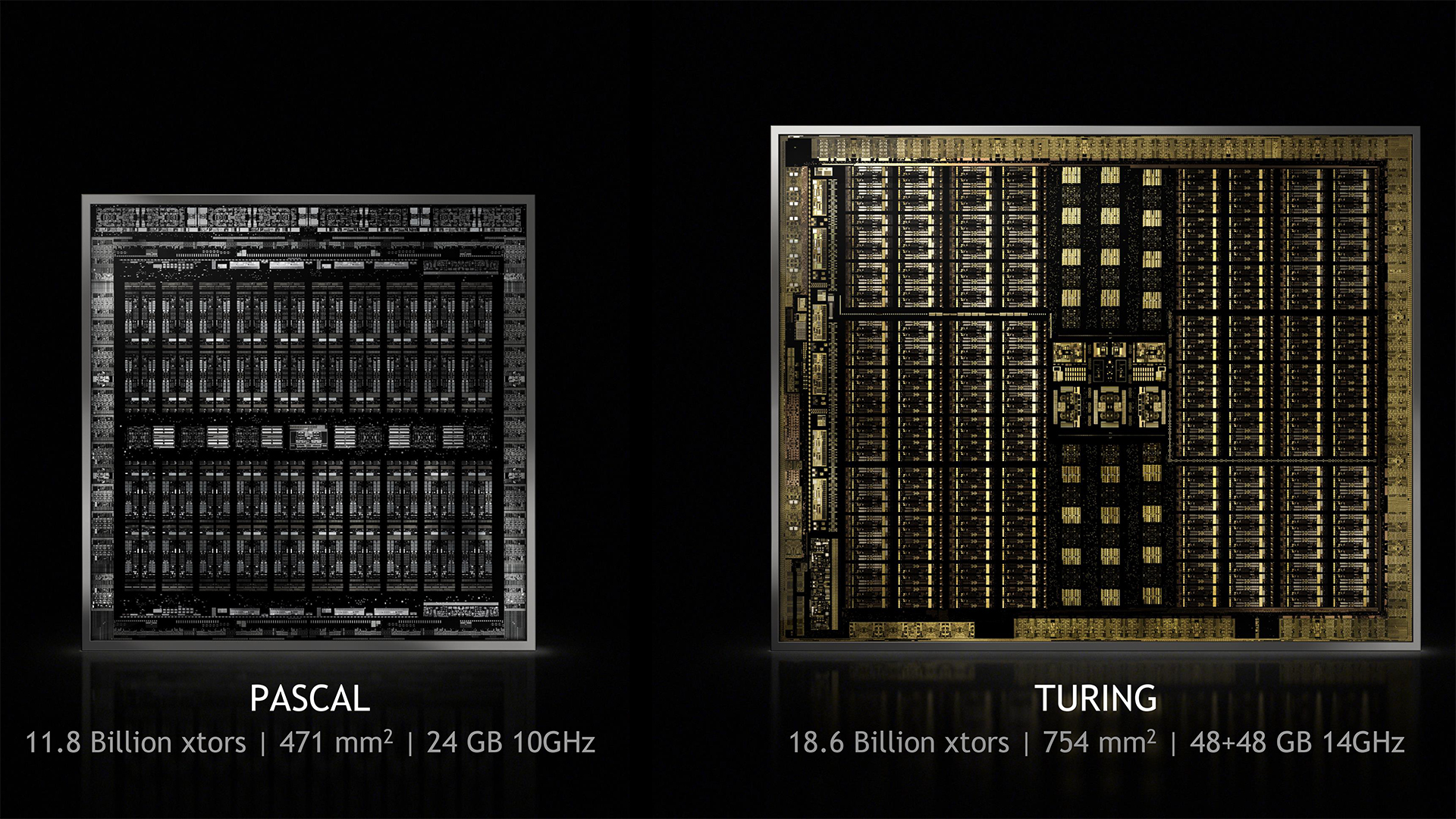Nvidia Titan RTX release date, news and features

Nvidia has unleashed the Nvidia Titan RTX to the consumer market, a high-end graphics card aimed at creatives and professionals, after announcing it late last year. The Nvidia Turing line of graphics cards has been out for a while, with the Nvidia GeForce RTX 2080 Ti and RTX 2080 comfortably sitting at the top of the pack. But now, the Nvidia Titan RTX is now officially the world’s most powerful consumer GPU.
Nvidia’s Titan lineup of graphics cards has always been aimed at high-end users, rather than the GeForce line for gamers. This means with all that power, much more power than is necessary for 3D gaming – although it seems to have met its match in Gears 5 at 8K – comes a premium price tag to match, and that’s true of the Titan RTX.
We wouldn’t recommend saving up to buy this card for a gaming build. However, if you’re in the business of video creation and 3D modeling, and you need the most powerful GPU, you’re going to want to consider the Nvidia Titan RTX.
We’re going to dive into everything we know about the Nvidia Titan RTX, and we’ll update this article with any information that comes our way.
Cut to the chase
- What is it? Nvidia’s next Titan GPU
- When is it out? The RTX Titan was released on December 18, 2018
- What will it cost? $2,499 (£2,399, AU$3,999)

Nvidia Titan RTX release date
If you’re looking to pick up the Nvidia Titan RTX, you’ll be happy to know that it officially hit the streets on December 18, 2018, not too long after it was announced. As for whether or not we’ll see a follow up, like what happened when the Titan X Pascal followed the Titan Xp, we’ll just have to wait and see what Intel has in store for its enterprise GPU.

Nvidia Titan RTX price
Brace yourself, because this might knock the wind out of you: the Nvidia Titan RTX will set you back a whopping $2,499 (£2,399, AU$3,999). That’s more than double the price of the already-expensive GeForce RTX 2080 Ti.
You should keep in mind that this graphics card is aimed at a professional market, but it does come in higher than the last consumer Titan card, the Nvidia Titan X Pascal, which launched at $1,299 (£1,159, AU$1,590).
Sign up for breaking news, reviews, opinion, top tech deals, and more.
However, the Titan V, the card the Titan RTX likely follows, retails for $2,999 (£2,800, AU$4,699). This card is a bit more powerful, but has less video memory (VRAM) than the new Titan RTX.

Nvidia Titan RTX specs
It shouldn’t be surprising that the Nvidia Titan RTX looks like a beast on paper. With 24GB of VRAM and 4,608 CUDA cores, you’ll be getting a lot of GPU for your money, which is good as you will be paying a lot of money for it. Compared to its predecessor – the Nvidia Titan X Pascal, with 12GB of VRAM and 3,840 CUDA cores — the gains in performance are going to be exponential.
Still, the Titan RTX is a Turing card, which means Tensor cores for AI and deep learning, and RT cores for real-time ray tracing. And, as you’d expect from a card that costs nearly twice as much, the Nvidia Titan RTX absolutely blows the RTX 2080 Ti out of the water. With 576 Tensor cores and 72 RT cores, compared to the 2080 Ti’s 544 and 68 respectively, users can expect much better performance.
Specifically, Nvidia claims that the Titan RTX will be able to achieve 11 GigaRays per second and 130 teraflops of deep learning performance. The Nvidia Titan RTX, then, should be especially useful for scientists and animators.
The Nvidia Titan RTX is also compatible with NVLink – the next-generation version of SLI. Unlike other multi-GPU configurations of the past, your VRAM will scale with NVLink, which means two Titan RTX cards will get you 48GB of graphics memory with 100GB/s speeds.
So, the Nvidia Titan RTX promises to be an extremely powerful card — as long as you can afford that astronomical price tag.
- These are the best graphics cards we’ve tested this year

Jackie Thomas is the Hardware and Buying Guides Editor at IGN. Previously, she was TechRadar's US computing editor. She is fat, queer and extremely online. Computers are the devil, but she just happens to be a satanist. If you need to know anything about computing components, PC gaming or the best laptop on the market, don't be afraid to drop her a line on Twitter or through email.